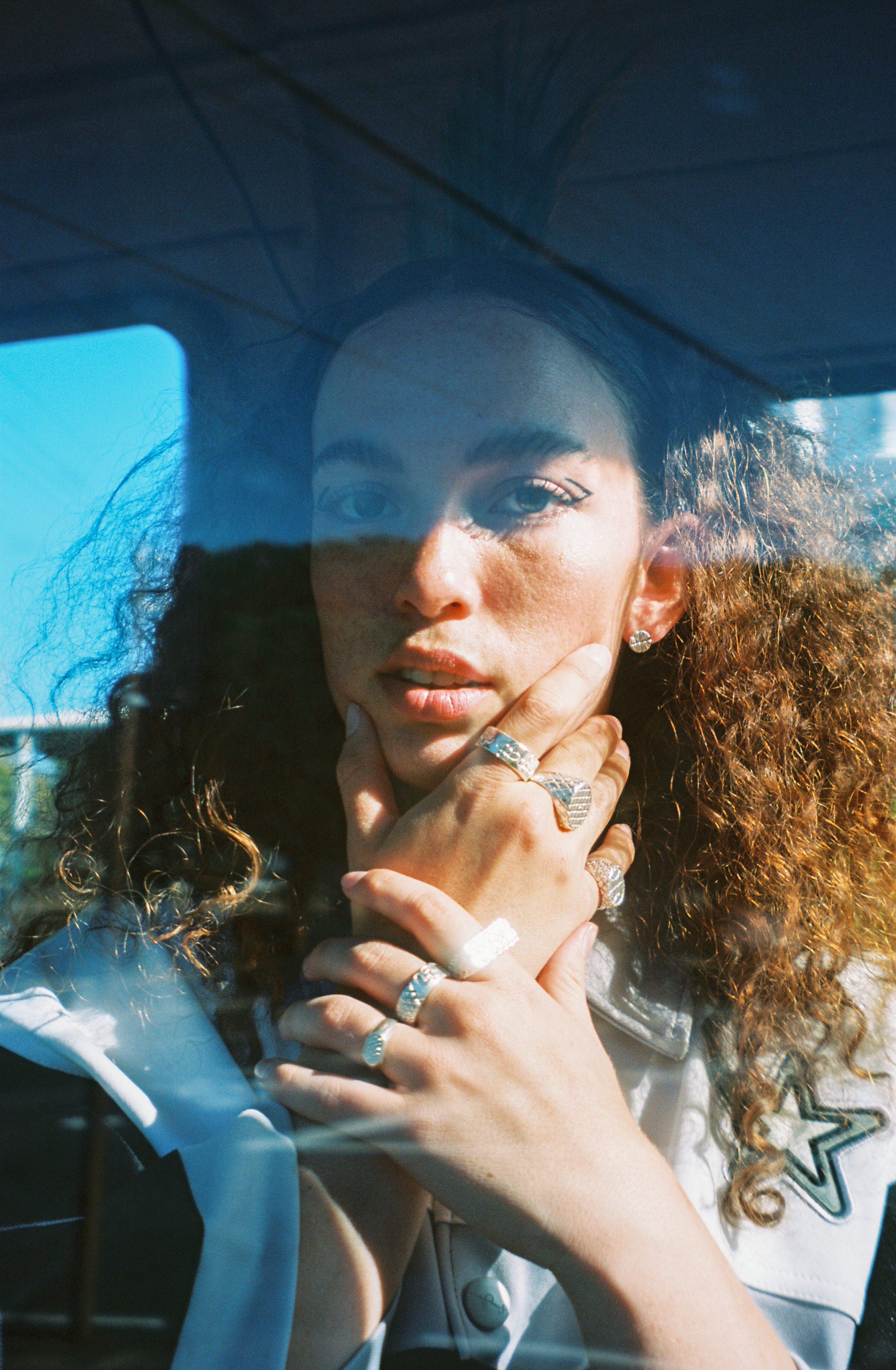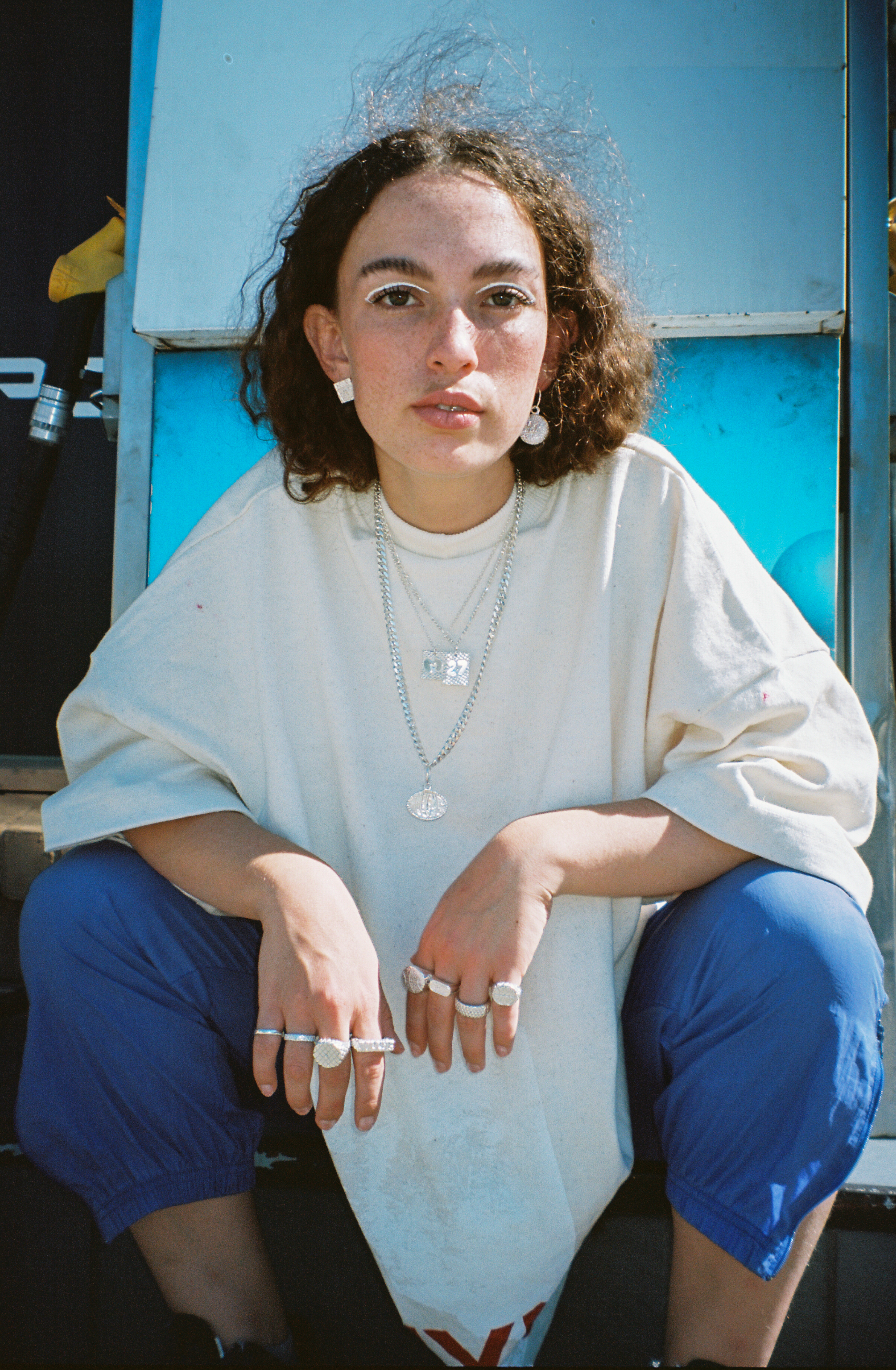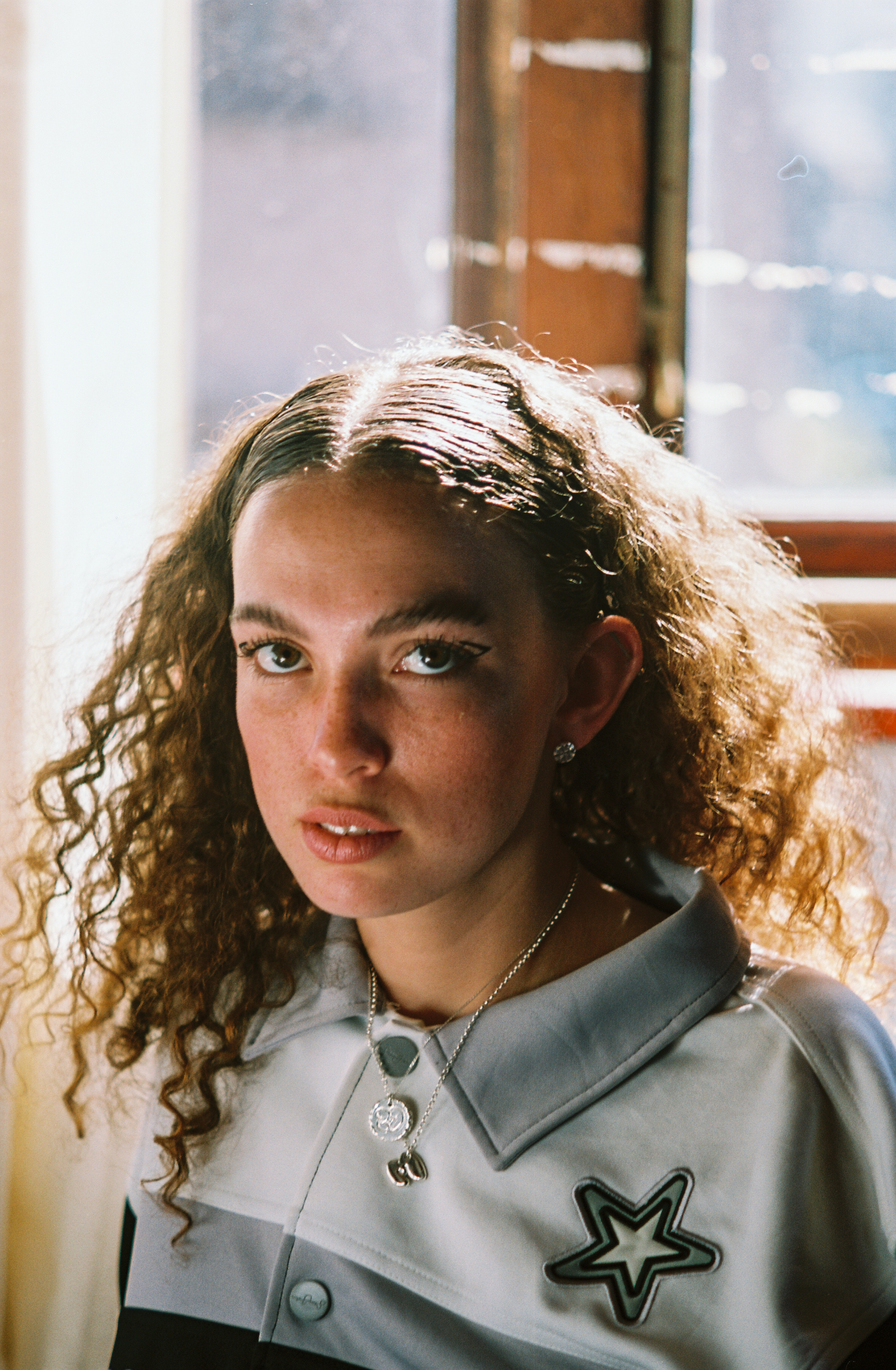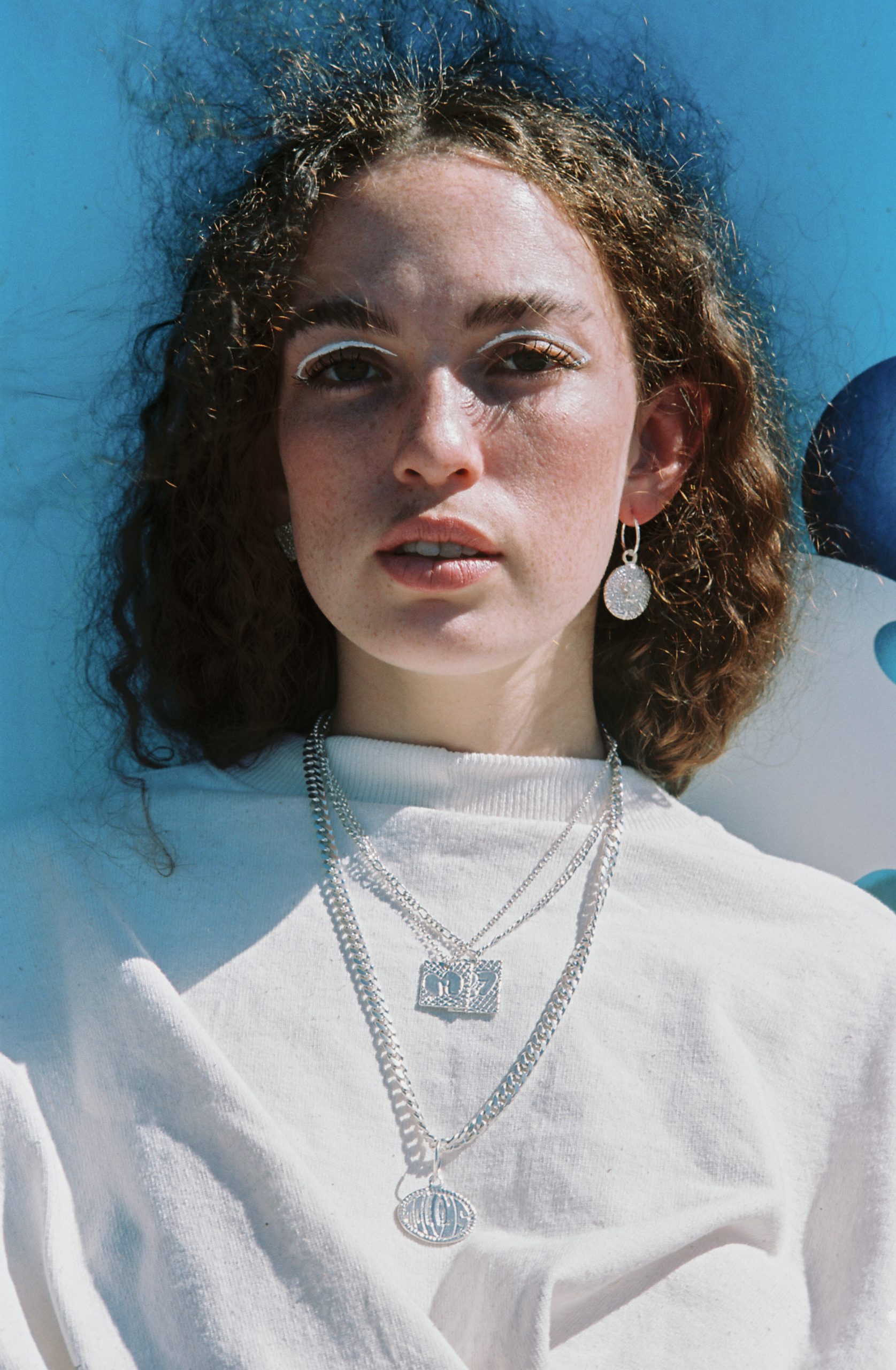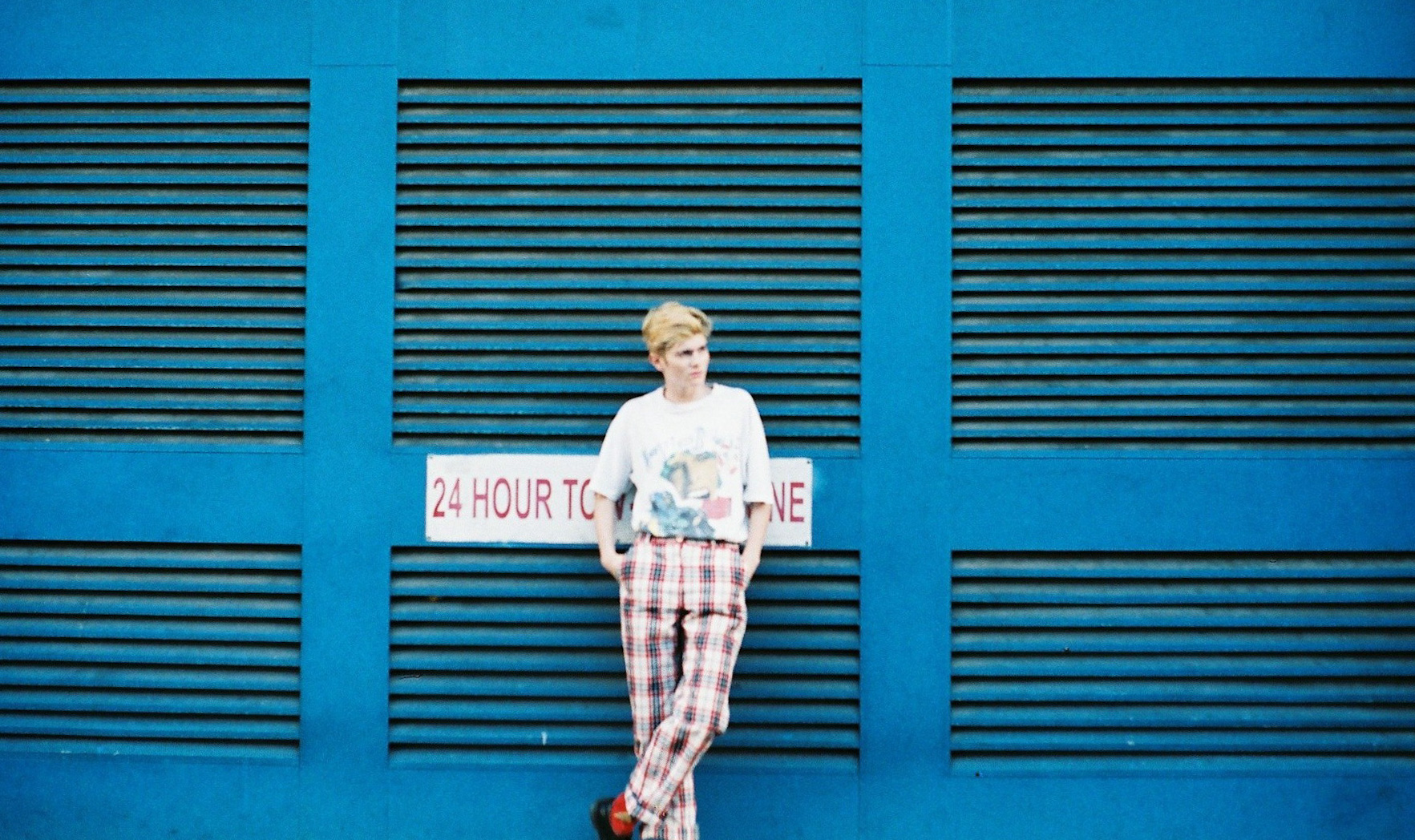I got to know photographer Kelly Makropoulos in an interview about her creative process and what she is working on at the moment.
Tell our readers about how you got into photography.
When I was twelve years old, my family and I visited Lake Kariba, the world’s largest human-made lake along the border between Zambia and Zimbabwe. I remember seeing the dead trees that pierced through the water as we travelled on the dam; it was as though we were venturing across a desert of water. I was enthralled by the scene, so borrowing my mother’s camera, I aimed the lens to the trees and the glistening water and filled the 100-odd megabyte card to the brim.
What are the kinds of themes you like to work with?
One theme I like to support is feminism: so uplifting and respecting feminine energy. I did a series allied with Free the Nipple, where I was taking images of female friends topless in public spaces with expressions and postures that were either untroubled or defiant. It’s the reality we live in that says femininity and power cannot go hand in hand, so I want to draw attention to the fact that it most certainly can.
Tell our readers about your creative process.
I like to focus on simplicity in my work, so the content in the image has one bold element with accompanying features and textures. I’m inspired by powerful feminine energies like Lady Skollie who push the envelope on feminine sexuality, removing the taboo. Tony Gum turns the camera on herself, and I think that’s exciting. Photographic self-portraiture is thrilling because you can embody your vision completely. I create by doing. Meaning I work with the tools I have at my disposal, allowing for the subject and I to have a conversation, as well as drawing on the many varying elements of any particular shoot.
What are some of the projects you have been a part of?
I’m currently part of ongoing collaborative project with Ben Moyo called ‘The Kenjis’. Ben is a Zimbabwean born photographer and stylist, who is also known as The Chocolate Brother. Starting off with merely an iPhone, his work reflects a passion rarely seen. He uses his work to create digital content for various clients. Having recently made the leap from Cape Town to Johannesburg, Ben is falling in love again with the booming street-style photography in the area.Having been big fans of each other’s work, it seemed natural to collaborate intimately on a joint project. Thus, The Kenjis was born. We’d like to see our work as a storytelling experience. As we both style and creatively direct our shoots, the mixture becomes a new vision which is a part of us, as well as a third party in a way. We’d like to get more into creating non-gendered shoots, as we did with our first shoot that can be seen on our Instagram. We feel it’s highly important to break destroy stereotypes that society chains us to. For now, we are working on our individual projects as Ben is in Johannesburg and I am in Cape Town. I have also worked on other collaborative projects with a few other artists.

Is there a particular aesthetic you are inspired by or try to create in your images?
My aesthetic changes from project to project. I try to achieve varying aesthetics. When I find myself becoming satiated, I move onto the next. I wouldn’t say my style is in any sort of box. Different aesthetics I’ve worked on would be bright colored images, particularly the combination of warm and cool tones I adore. I also love capturing shadows on skin as I feel it’s quite dramatic. Black and white photography I’m also into at times when that mellow mood strikes me.
What is the vision you have for yourself as a photographer?
I’m not entirely sure what my vision is – I don’t even know what I’m up to in the next two weeks, but I know I’m buying more film.
What are you working on at the moment? What can we expect from you this year?
I’m working towards another solo exhibition, as well as a few group shows. My upcoming solo exhibition has not had a date or venue set for it as of yet, but I’m working towards making it completely film-based and further moving away from the gender binary construct.
I’m planning on travelling to Europe for their summer, and working with some artists there. I also plan to take more film photos, as it makes me prudent of what I shoot; it pushes me to wait for the right moment.
Anything else you would like to mention about you or your work?
I identify as gender queer. It’s an undercurrent in my actions, including photography. From my eyes my images show a deep mix between feminine and masculine characteristics. Although I still lean towards the divinity of femininity.
I’ve never been any good at putting my emotions into words. This used to make me quite uncomfortable, until a close friend of mine told me they thought in emotions and images, rather than in words. Since then I’ve tried to achieve this sentiment with my photography.
Check out more of Kelly’s work on Instagram.






